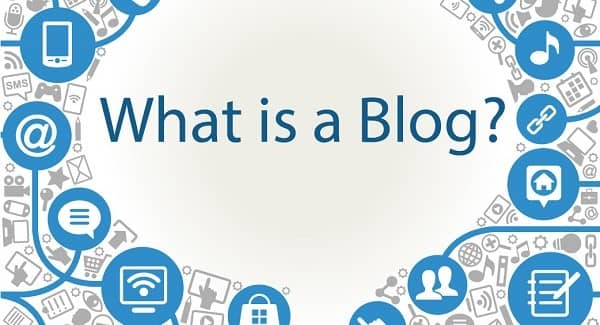Looking back it’s amazing to recall that magazines were once considered the best-positioned companies to succeed online. In the ancient days of the early 90s, magazines seemed to have it all: a brand name, years of archived editorial content, a deep list of advertisers who could be lured to the exciting new world of banner ads. Banner ads would produce the revenue to make it all profitable. Banner ads.
It looked like an easy transition, but magazines experienced an instant red-ink wrenching. It was so bad that breaking even was bragging rights. Meanwhile, to make magazines feel even worse, sites like CDnow (big bucks in mom and dad’s basement) made cyber profits look easy.
Poor magazines. They universally made the same mistake. I made it myself in the mid-90s when I owned a small niche magazine, Chile Pepper. You present content online and update it with news and articles at specific intervals. You draw your readers in to create immediate traffic. You drive it with advertising that hangs above the articles. You use your editorial staff to produce content and your sales crew to sell banner ads. Sounds great, but it’s a print model that doesn’t translate online.

When it became clear the model wasn’t working, magazines took the natural course: they put more money into it. More of the same amplified the losing results. Magazine conferences presented talks entitled: “Will Websites Ever Produce Profits?” Then recently, a few magazines started changing their web strategies.
E-commerce doesn’t live by advertising. It lives by selling products and services. It attracts customers because it’s efficient and cheap. The Internet works for books, CDs, airline tickets, e-trades, collectible beanie babies. Retailing goes against the grain of magazine thinking. When you’re a magazine, you sell advertising, not products.
But recently, a few magazines started making deals with retailers to give their customers what they really want. Folio reports that Hearst Corp. has signed a deal with Whirlpool to create brandwise.com, a comparative shopping site. Reader’s Digest has partnered with a WebMD to sell Net-based services to physicians. This fall, Conde Nast’s Epicurious site will begin selling Williams-Sonoma products. All this activity is the sound of the magazine industry getting it.
Epicurious attracts 2 million unique visitors each month, making it the gorilla (dominant leader) food site. It offers 10,000 recipes, wine news, a chat room, a chef, and a restaurant search function, all with the company’s expected high quality. Ad sales are respectable — the site’s breaking even. This fall, the Williams-Sonoma connection should push Epicurious into the black.
“Williams-Sonoma will make the site even more full-service,” said marketing director Hilary Peck. “We expect to become profitable with the integration of Williams-Sonoma.” There you have it.
Epicurious shows some other signs of Internet savvy. The brand is separate from the Conde Nast magazines, Bon Appetit and Gourmet. They’re both great brands, but they’re not online brands. Epicurious would languish if it were simply an add-on to an offline brand. The site is so strong with its audience, that it has launched its own offline extension, a weekly television show.
Conde Nast truly understands the Internet economy. The company runs its websites under CondeNet, a separate company with its own management team and editorial groups. “Eighty five to 90% of our editorial is original,” said Peck. This rule magazines suffer to learn. You can’t paste magazine pages on a website and expect visitors to stick around. And you can’t enter the Internet territory and survive while dragging along remnants of a former economy. One of the codes of the brave new world is that you go in naked.
SEO and digital marketing specialist, I bring expertise in driving online visibility and optimizing organic search rankings. Leveraging my skills in keyword research, on-page optimization, content marketing, link building, and AI tools, I have consistently delivered measurable results across diverse industries.


